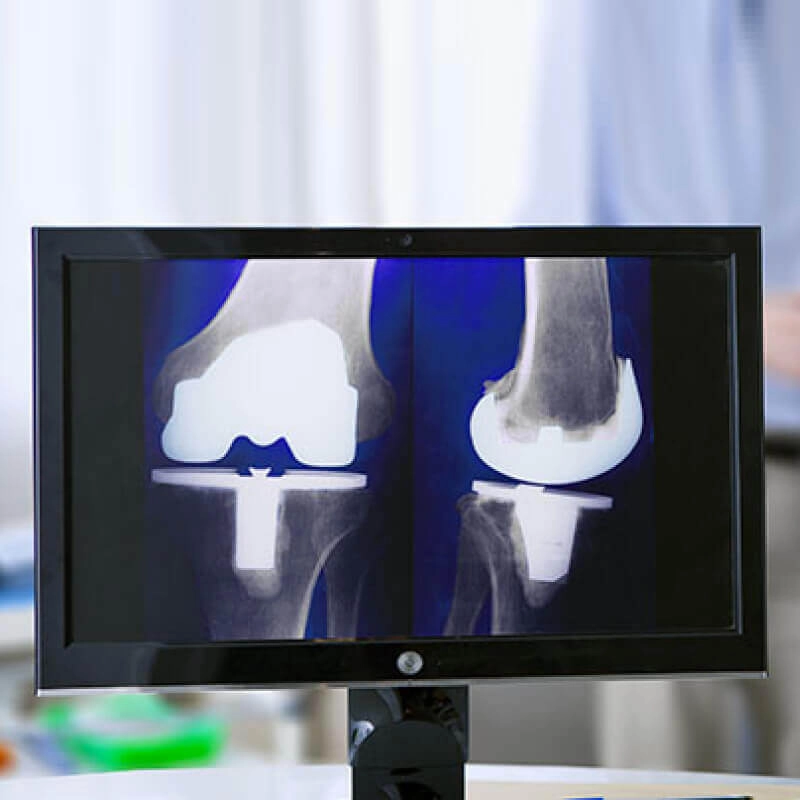Home/Wellness Zone/Sakra Blogs
20th Jul, 2016

Total Knee Replacement (TKR) surgery has today become a commonly performed and highly successful surgical procedure. Recent innovations have resulted in further improvement in early and long-term surgical outcomes. New implant designs provide greater and more normal range of motions. Better understanding of the role of the ligaments in the knee has resulted in improved joint stability.
The good news for patients is that; minimally invasive surgical techniques are constantly evolving and speeding up the rehabilitation process. All these developments have meant shorter hospital stays, less time on a walker and a quicker return to normal ways of life. Lesser post-operative pain and minimal scar (improved cosmesis) are the direct benefits of minimally invasive surgery
The latest and perhaps, the most exciting innovation with Computer navigation is that, it guides the surgeon through the entire process of implantation of a total knee replacement. Through infrared sensing of patient’s anatomy, the computerised system precisely shows the surgeon the exact location where the new knee implants should be positioned. The technology promises to improve the short and long-term performance of the knee replacement.
Enquire Now
